Secure Remote Access Solutions: A Must-have in 2024
The rise of remote work during the COVID-19 pandemic brought many benefits to both employees and companies who adjusted to the new work conditions. However, it also has its downsides.
For one, firewalls and other intrusion detection systems are failing to keep up with the expanding device population and modern connection technologies.
Therefore, in this article, we will explain why traditional solutions no longer suffice in current landscape, and why implementing secure remote access solutions has become a must-have for businesses to ensure a greater cyber security in 2023.
- Part 1 :What is Secure Remote Access?
- Part 2 :How Does Secure Remote Access Work?
- Part 3 :Why is Secure Remote Access Important?
- Part 4 :What are the Benefits of Secure Remote Access?
- Part 5 :Types of Secure Remote Access Strategies
- Part 6 :Best Practices for Ensuring Secure Remote Access

- Part 7 :Factors to Consider When Choosing a Secure Remote Access Solution
- Part 8 :Conclusion
- Part 9 :FAQs
Part 1. What is Secure Remote Access?
Secure remote access is one of the IT security strategies used by companies to control access to an enterprise network.
IT teams can provide varying degrees of authorization to employees and partners based on their tasks and roles, ensuring operational efficiency while preventing data breaches and cyber-attacks.
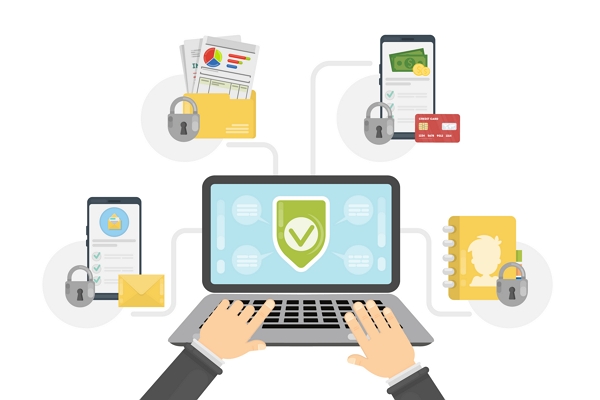
Part 2. How Does Secure Remote Access Work?
Secure Remote Access enables users to securely access company resources, such as data and applications, from outside the company's physical network. This is typically done using a Virtual Private Network (VPN) or a Remote Desktop Protocol (RDP).
When using a VPN, users establish an encrypted connection with the company's network through a VPN client installed on their device. This connection allows users to access company resources as if they were on the network in the office, while also ensuring that their traffic is encrypted and secure.
Alternatively, with RDP, users can connect to a remote computer, such as a server or another employee's computer in the company's network, and use it as if they were physically present at the machine. The connection is secured using encryption and access controls, ensuring that only authorized users can access the remote machine.
Both VPN and RDP require secure authentication to verify the user’s identity before granting access to the network or the remote machine. This typically involves username and password credentials. It may also include multi-factor authentication methods to add an extra layer of security.
Part 3. Why is Secure Remote Access Important?
The pandemic brought a transition in the way that companies work. Even now when many employees are returning to the office, work-from-home or hybrid job positions still remain prevalent.
According to a Zscaler research from the IT leaders’ surveys, only 38% said that they had returned to full-time office workers, while 35% remained fully remote and 27% had adopted a hybrid program.
With this scale of remote access, companies have started adopting newer remote access solutions that provide stronger security.
Part 4. What are the Benefits of Secure Remote Access?
The benefits of secure remote access solutions include but not limited to:
1Ease of management and configuration
A secure remote access solution allows IT teams to effectively secure a large fleet of assets through a centralized platform. They can implement security policies, deploy software updates, and troubleshoot device issues remotely, improving overall security with ease.
2Reduce IT costs and onsite maintenance
IT staff can maintain a variety of company-owned devices and BYOD without going onsite, reducing the time and cost spent on traveling and ensuring better efficiency.
3Ensuring secure connectivity for a hybrid workforce
Secure remote access solutions such as Zero Trust Architecture (ZTA) provide a more granular level of control over users. These methods successfully block unauthorized access to corporate networks and improve overall security in a hybrid workforce.
4Detecting threats or web application attacks in advance
When maintaining a more dipersed network, automatic alerts are especially useful for IT with limited resources. Alerts will notify IT teams of unusual activities, helping them address potential security issues right away.
5Securing remote access for 3rd-party vendors or partners
When an organization works with external parties, such as vendors, partners, or outsourced workers, it is important to ensure that their access to the corporate network is controlled.
Secure remote access software can provide a solution to this by giving the organization granular control over access rights. This means that organizations can share only the necessary data and access rights with each external party based on their specific job duties.
This way, the organization can prevent risks brought by direct internet access and ensure the security of their data.
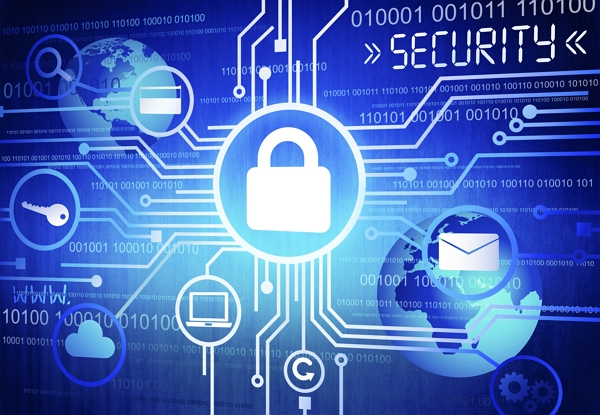
Part 5. Types of Secure Remote Access Strategies
Traditional secure remote access solutions
- Remote Desktop Protocol (RDP)
Remote Desktop Protocol (RDP) is a widely-used method for remote control of computers. Despite its popularity, RDP can experience latency issues as a result of the time required for encryption and transmission. These latency issues can have a negative impact on employee productivity, as they may result in slow response times, lag, or dropped connections.
Security is another concern when it comes to RDP connections. Attackers can easily target RDP connections by using a brute force attack to gain access. This can leave companies exposed to data breaches and other security threats.
- Virtual Private Network (VPN)
While VPNs are popular among organizations to provide remote access to users outside a corporate network, their usage also leads to increasing IT workload due to vulnerabilities to modern cyber-attacks.
For example, if a device gets compromised while connecting to a VPN, hackers could exploit this point to bypass other security controls in the network and cause damage to the whole system.
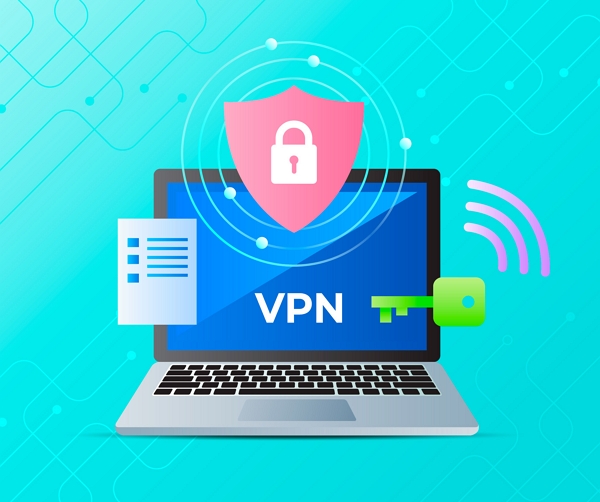
- Remote Virtual Work Desktop Solutions
One great thing about legacy desktop tools and remote virtual desktop solutions is that you only need to secure your company location instead of monitoring each individual work-from-home device.
However, these tools can be slow and connections frequently get interrupted. It also requires extra effort for IT teams to ensure if the software still works for every user.
New secure remote access solutions
- Zero Trust Architecture (ZTA)
Zero Trust Architecture (ZTA) is a security approach that denies access to all users and devices by default, and only grants access after verifying their trustworthiness. This helps prevent unauthorized access and data breaches by assuming that all users, devices, and connections are untrusted.
As organizations increasingly adopt remote work and cloud-based solutions, ZTA has become a popular choice for securing access to sensitive resources. In fact, research by Zscaler has shown that 68% of IT professionals believe that ZTA is more secure than traditional VPNs and firewall solutions.
- Privileged Access Management (PAM)
Privileged Access Management (PAM) is a security solution that controls and monitors access to privileged accounts, such as system administators and IT personnel. Its purpose is to ensure that all access is authorized and minimize the risk of data breaches.
PAM is also widely adopted because it effectively prevents credential theft, ensuring compliance and mitigating access misuse across industries.
- Multi-factor Authentication (MFA)
Multi-factor authentication requires users to provide multiple forms of identifactions when logging into a system. This helps to ensure that individuals are who they claim to be and only allows authorized users to access coroporate information, significantly reducing phishing and other types of cyber-attacks.
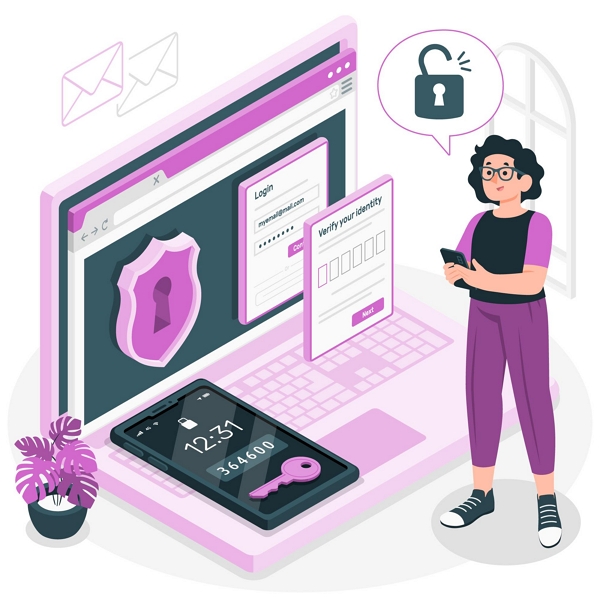
- Single Sign-On (SSO)
Single Sign-On (SSO) is a method of authentication that allows users to access multiple applications, software, and websites using a single set of credentials. This not only reduces the burden of remembering multiple login credentials but also increases security by reducing the attack surface.
- Network Access Control (NAC)
Network Access Control (NAC), also known as Network Admission Control, is a security technology that enables IT to control access to network resources by endpoint devices. This can include restricting access to specific IP addresses, ports, or services. NAC allows IT to implement granular access controls, and enforce security policies, on endpoint devices to protect the network and its resources.
Part 6. Best Practices for Ensuring Secure Remote Access
If you want to truly elevate your security systems, then here are some best practices that you can follow:
1Implement security policies
Implementing security policies is a crucial step in ensuring secure remote access. These policies, when applied consistently across devices, help IT teams to ensure that users are using strong passwords, multi-factor authentication, and secure Wi-Fi connections when accessing the corporate network.
Furthermore, Data Loss Prevention (DLP) technologies can be employed to prevent end-users from inadvertently sharing sensitive business data outside of the organization. By taking these measures, an organization can mitigate risks and ensure the security of its network and data.
2Deploy an automated detection system
Automated detection systems, such as Endpoint Detection and Response (EDR), can continuously monitor network activity and alert IT staff when there are potential threats or suspicious activity, thus enabling them to respond quickly and prevent unauthorized access or data breaches.
3Encrypt sensitive information
By encrypting sessions and file transfers, only privileged users can access corporate information, preventing data leakage effectively.
4Restrict access to unauthorized websites or apps
Cyber threats can come via malicious websites or apps that could compromise the security of organization network. By blocking unauthorized apps and websites on devices, IT adminstrators can significantly reduce unnecessary workload and potential data breaches.
5Enable multi-factor authentication (MFA)
Multi-factor authentication (MFA) provides an extra layer of security by requiring users to enter multiple factors during their login. These often consist of knowledge, possession, inherence, and location factors.
Compared to a simple password that can be easily hacked, MFA offers stronger security protection for remote access. One example is one-time password (OTP) sent by email or SMS. It is more difficult for hackers or unauthorized users to gain access to the organization’s network.
Part 7. Factors to Consider When Choosing a Secure Remote Access Solution
When selecting a remote access solution, you should consider these factors to ensure the solution meets the organization’s needs and users’ expectations. These factors include security, performance, ease of setup and scaling, user experience, customer support, and cost.
1Security
When selecting a remote access solution, security always comes on top as the top priority, especially when device users need to constantly access sensitive data and applications. Look for solution that provides strong encryption, multi-factor authentication, access control policies, and other security features like firewalls and malware scanning. These methods can make sure user identities are verified and protect data against unauthorized access or interception.
2Performance and reliability
Performance and reliability are also crucial. The solution should have low latency, high throughput, and the ability to handle many concurrent connections without degrading performance or causing downtime.
3Ease of setting up and scaling
Setting up and scaling a remote access solution should be easy and straightforward. Some remote access solutions provide automation tools, cloud-based management, and self-service options to streamline the deployment process and adapt to changing needs. For instance, the solution should be able to scale up or down depending on organization’s needs without too much effort or troubles.
4User experience
User experience of a remote access solution is essential for user adoption and satisfaction. Choose a solution that provides an intuitive and user-friendly experience with minimal latency, consistent user interface, and customization options.
5Customer support
Customer support is important to address any issues or concern promptly and efficiently. Make sure the solution provider offers 24/7 support, quick response times, and access to knowledgeable technical experts.
6Cost
Cost is definitely a factor worth considering. Remote access solutions can vary in price depending on the features and level of support. Consider the total cost of ownership, including upfront costs, licensing fees, maintenance costs, and potential productivity gains or losses.
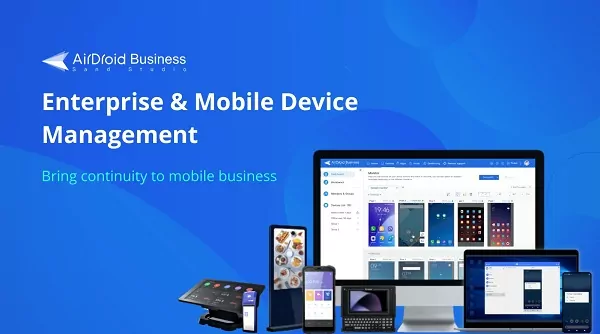
With all the best practices being said, if you want to upgrade remote access security, AirDroid Business MDM is one of the best secure remote access solutions for your business. It offers features like
- Device deployment in bulk
- Security policies
- Kiosk Mode
- Mobile Application Management (AMS feature)
- Alerts and automated workflow
that help you establish a safer remote access environment without increasing your IT workload.
Part 8. Conclusion
This article discusses the concept of secure remote access and the various strategies used to establish secure connections. We also highlight best practices that can effectively prevent data breaches and maintain security.
To implement these solutions, IT administrators can utilize tools such as AirDroid Business MDM to manage device security across a dispersed network from a centralized platform. Other features like alerts, Kiosk Mode, and security policies can help IT teams maintain corporate security without increasing their workload.






Leave a Reply.